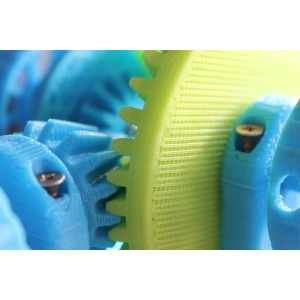
Science Safety | Safer Articles


Aerospace
Rockets that use compressed air and/or water pressure must be used with caution.

AP Biology
Accidents do happen in a biology lab. Some chemicals have the potential for high risk and severe damage.

Astronomy
Laser, flame and solar safety are critical components of learning.
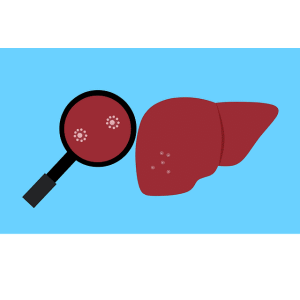
BBP Diseases
BBP diseases include hepatitis B (HBV), hepatitis C (HCV) and human immunodeficiency virus (HIV).
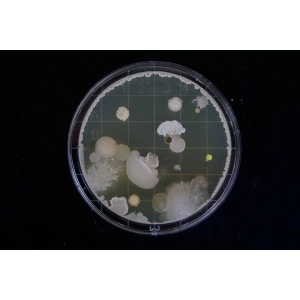
Biology Lab Equipment
Covers the basic laboratory equipment to produce valid results in a molecular biology laboratory.
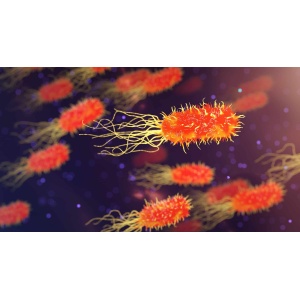
Biology Lab Protocols
This module provides information on biology laboratory practices and protocols.

Biology Safety For International Baccalaureate (IB) Students
IB Biology students need to learn basic safety principles before beginning.
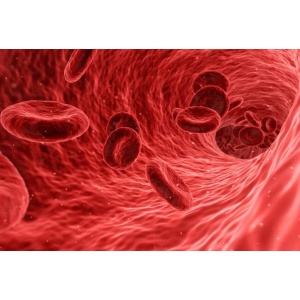
Bloodborne Pathogens
Bloodborne pathogens are infectious microorganisms in human blood that can cause disease in humans.
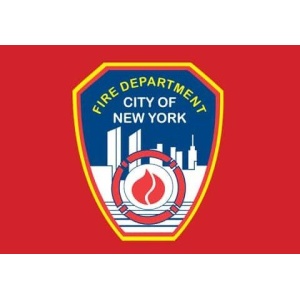
C-14 Certificate of Fitness
The course requirement must be completed before a teacher can apply for a C-14 Certificate of Fitness, which is a requirement for teachers who use laboratories in NYC
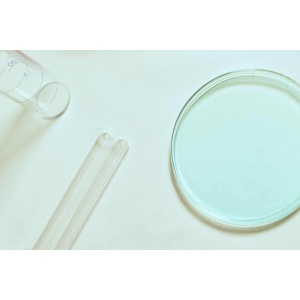
Chemical Demonstration Videos
Review chemical demonstration videos to determine if they meet safety and pedagogy goals.
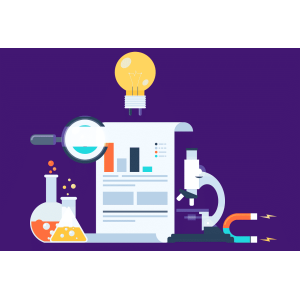
Chemical Handling and Waste Management
In this module you will learn how to minimize waste, handle chemical waste and dispose of it.
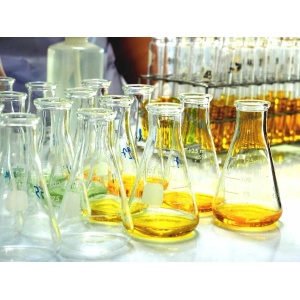
Chemical Hazards
Chemicals must be handled properly and in minimal concentrations, if used incorrectly they can be extremely unsafe and hazardous and cause harm.

Chemical Hygiene Plan and Accountability
The CHO is committed to managing chemical safety in an effort to maintain a safe environment for all employees and students using the Chemical Hygiene Plan to accomplish this objective.

Chemical Inventory Management
Chemical management is a process that encompasses identification, management, and reduction of risk through all stages of chemical purchasing, storage, distribution, use, and disposal.
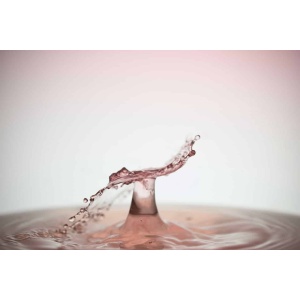
Chemical Spills
Learn how to evaluate and safely handle chemical spills in your laboratory.
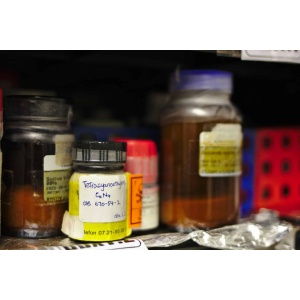
Chemical Storage
This module provides teachers and staff with an overview of basic procedures and policies necessary to ensure the safe operation of their science laboratories.

Chemistry Lab Accidents
Concrete steps to prevent lab emergencies that carry a high risk of injury–spills and fires.
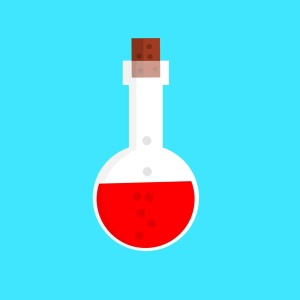
Chemistry Lab Safety For Students
Students planning to work in a chemistry laboratory need to learn basic safety principles before beginning.
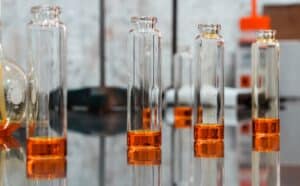
Chemistry Safety For International Baccalaureate Students
IB Students planning to work in a chemistry laboratory need to learn basic safety principles before beginning.
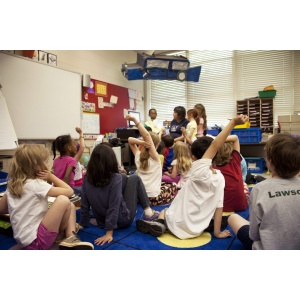
Class Size and Safety
To maintain a safer working environment in a science laboratory at the middle or high school level, the science laboratory must be analyzed on the basis of determining the design

Classroom Management Best Practices
Evidence-based strategies and best practices for science and STEM classroom management.

Classroom Plants
Many teachers have plants in their classrooms for both decorative and educational purposes. Plants that are known to be safer may be brought into the classroom; and plants known to
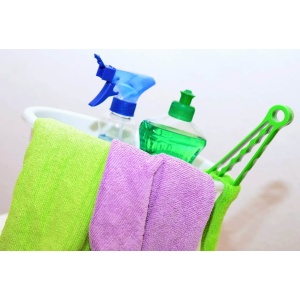
Cleaning During Covid and School Safe
Cleaning and promoting hand hygiene are important everyday actions schools can take to slow the spread of COVID-19 and other infectious diseases and protect students and staff.

D-14 & D-15 Certificates of Fitness
This module must be completed before a teacher can apply for D-14 & D-15 certificates of fitness which is required for NYC K-12 schools. All teachers who use

Dissection Safety
Performing safer dissections is a common practice in biology programs and allows students to learn about the connected systems within organisms and provide a better understanding of anatomy and physiology.
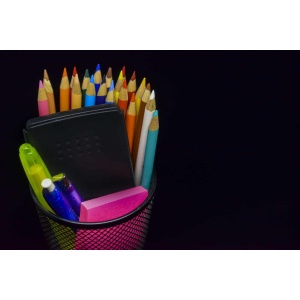
Duty of Care
School staff and school leaders are required to actively anticipate foreseeable harm to students and to others in the school.
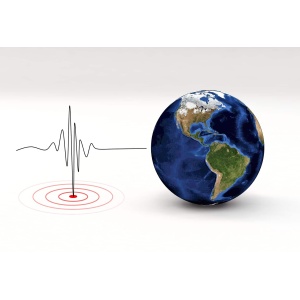
Earthquake Preparedness
Earthquake safety measures and response plans in science classes are intended to augment the school’s general emergency/disaster plans.

EPA’s List N Tool
The EPA’s List N Tool is a web-based application that enables consumers to quickly and easily search for disinfectant products with EPA approval against SARS-CoV-2, the virus which causes COVID-19.
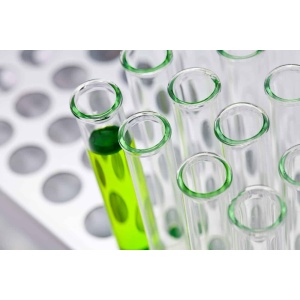
Evaluating Risk in the Science Classroom
In this module you will evaluate risk, thinking about the relative hazards for any class of compounds you work with, determining appropriate procedures, choosing protective equipment and safely performing experiments
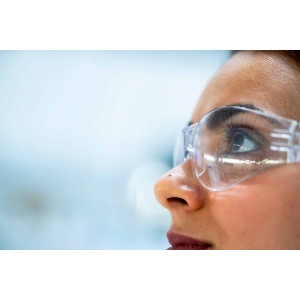
Eye Protection
Eye protection is necessary in all science classes in which there are biological, chemical and physical hazards present at the elementary, middle and high school level.
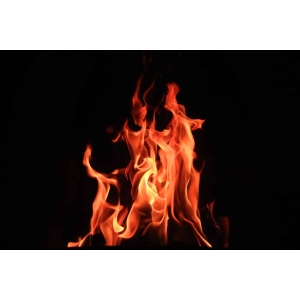
Fire Safety in the Science Lab
Labs, especially those using solvents in any quantity, have a very high potential for flash fires, explosion, rapid spread of fire, and high toxicity of products of combustion (heat, smoke,
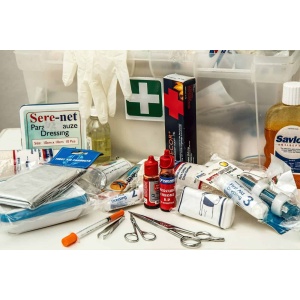
First Aid
First aid is the first and immediate assistance given to any person suffering from either a minor or serious illness or injury, with care provided to preserve life, prevent the
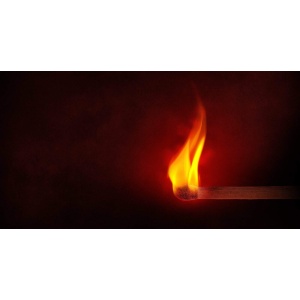
Flame Tests
The most common chemicals used when performing nichrome wire flame tests are recognized as toxic, and adequate precautions should be taken to ensure good ventilation of the experimental area.

Forensics and Biotechnology Safety
There are inherent hazards and risks associated with performing forensic science and biotechnology investigations including biological, chemical and physical sources. This module will help identify those safety concerns in the
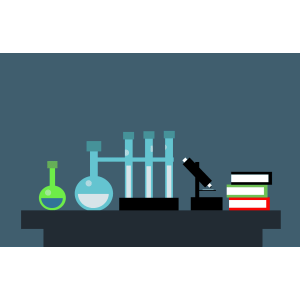
General Science Safety For Secondary Students
Students planning to work in a chemistry laboratory need to learn basic safety principles before beginning.

Getting Started with Science Safety
Get started with the Science Safety platform and modules.
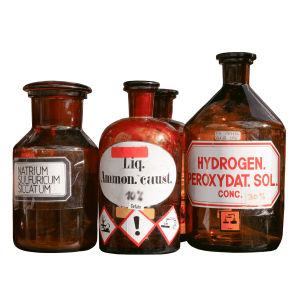
GHS Labeling, Safety Data Sheets, Hazard Communication
In this module you will learn how to properly label chemical bottles and containers using the GHS protocols and how to read a safety data sheet. This understanding is a
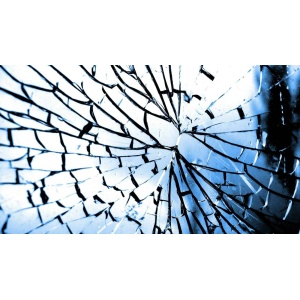
Glassware Safety
Glassware is one of the most commonly used kinds of equipment in science laboratories. In this module you learn about lab safety rules when using and handling glassware to avoid
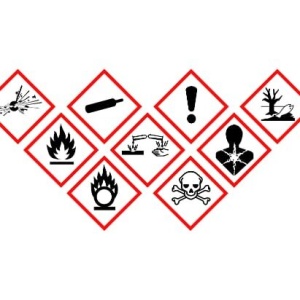
Global Harmonized System Training
In this module you will learn about the GHS and how chemical hazards are classified and communicated through the use of labels and safety data sheets (SDS) to improve awareness
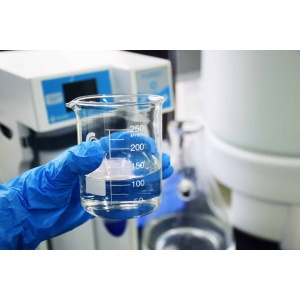
Gloves
There are many types of gloves available today to protect against a wide variety of hazards. In this module you explore how the nature of the hazard and the operation
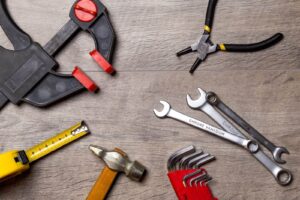
Hand Tools
In this module, you learn about tool selection, demonstration, usage, and storage.
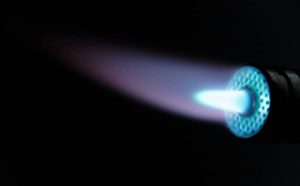
Heat Sources
The use of heating sources in the laboratory is very common, and unfortunately these are the root cause of many preventable burns, scalds, and fires. Learn more about heat safety

High School Resources
Resource library for high school science and STEM educators and administrators. Legal safety standards noted in these resources may vary from state to state depending on what have
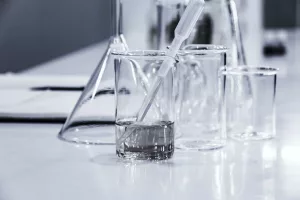
Intro to Chemistry Lab Safety For Students
In this Intro to Chemistry Lab Safety for Students learning module Students will learn basic safety principles before beginning.
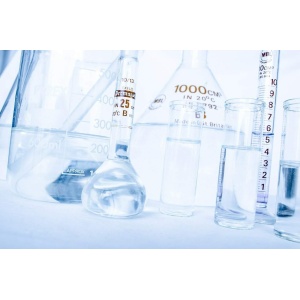
Lab Experiments
As a teacher, there are steps you can take to make sure your students are as safe as possible while exploring and experimenting in the lab.
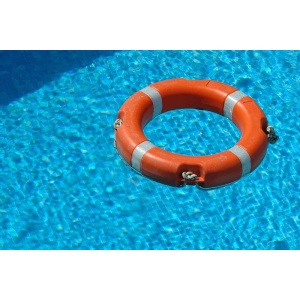
Lab Safety Awareness
The National Safety Council has estimated that 5000 safety-related accidents occur in U.S. schools each year. At least 10% of these are science classroom related. This module is designed to
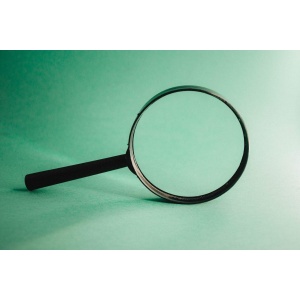
Laboratory Inspections
Safety inspections are intended to identify safety issues or problems that may not be observed or identified as such by the day-to-day occupants of a laboratory. In this module you
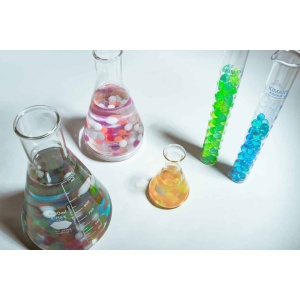
Laboratory Specialists
Lab Specialists are responsible for the preparation of labs in chemistry, physics and earth science, maintaining lab equipment — the balances, Bunsen burners, etc. — and our chemical inventory.

Laser Cutters
Laser cutting is a technology that uses a laser to vaporize materials, resulting in a cut edge. In this module you learn how to use them more safely.

Lasers
Laser safety enhances the safe use of laser device in order to prevent or minimize the hazards which accompanies the laser device.
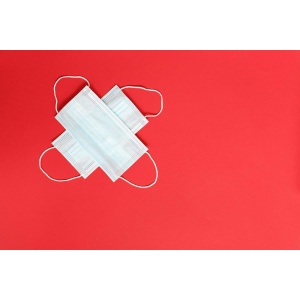
Masks
Masks are a simple barrier to help prevent your respiratory droplets from reaching others. Studies show that masks reduce the spray of droplets when worn over the nose and mouth.
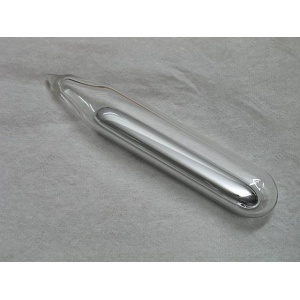
Mercury
The best way to prevent dangerous mercury spills in your school is to get rid of mercury. In this module you learn about the dangers of mercury and how to
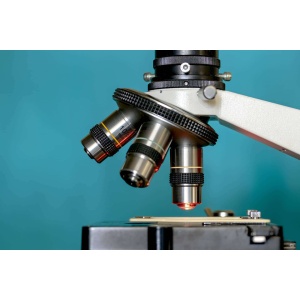
Microscopes and Microscope Safety
Proper use of the microscope should be reviewed with students prior to use and should be used only under supervision.

Opening for the New School Year
Each term ALL staff members should inspect their classrooms and laboratories and notify appropriate authorities of any hazards.
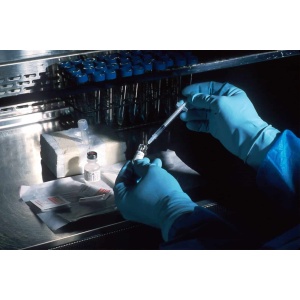
Personal Protective Equipment
Commonly referred to as “PPE”, is equipment worn to minimize exposure to hazards that cause serious workplace injuries.

Preplanning At-Home Activities
This module includes examples of safety pre-planning suggestions and recommended safety protocol that students and parents need to be aware of and should follow for

Remote Instruction
This module is meant as a guide; each educational institution may have its own policies that must be followed from the respective school, district, local municipality, state and federal governments,

Remote Safety & Emergency Situations
The use of a remote safety acknowledgement is absolutely important when performing any science or STEM activities off-site to help minimize liability and to ensure that safety is still a
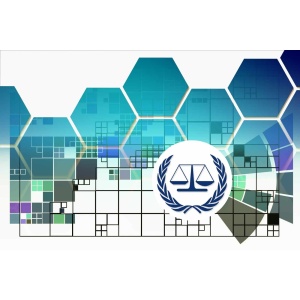
Right to Understand Laws
All employees who have or potentially have exposure to hazardous materials have a Right to Understand the hazards associated with these items. There are multiple legal regulations concerning this including

Robotics
In this module, we will discuss safety training related to robots, including risk assessments and best practices.
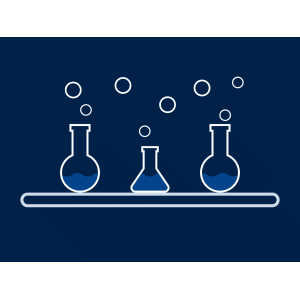
Safer Laboratory Unit Design and Equipment
In this module we will explore the use of signage for various components of your existing safety program in your laboratory.
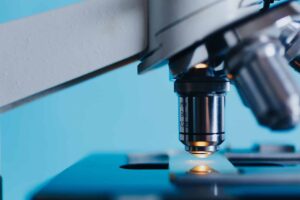
Sanitizing Equipment
Sanitizing, disinfecting and providing a safer hygienic environment for teaching and learning is the focus of this module using procedures and practices from trusted health authorities as guidance for better
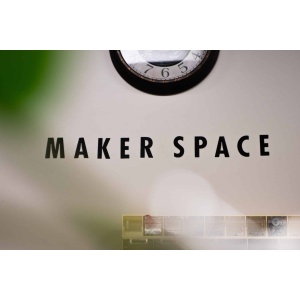
Science & STEM Makerspaces
Some of the makerspace hazards, including the ultrafine particles generated during 3D printing, have not been fully characterized to date. With this in mind, careful review of the processes, development

Slips, Trips, and Falls
Slips, trips, and falls cause nearly 700 fatalities per year and many more injurious accident in the workplace according to the Bureau of Labor Statistics. In this module you learn

Solar Eclipses
Light from the sun, even during eclipses of the sun, is harmful when viewed directly. In this module you learn about how students can observe the daytime sky and eclipses

STEM and Heat Sources
Many hands-on STEM activities and demonstrations require the use of a heat source. The challenge is to determine the appropriate heat source based on safety while still meeting the needs
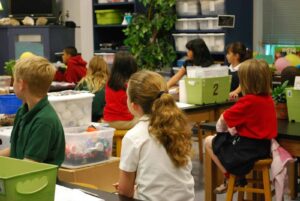
STEM Labs & Makerspace Safety for Elementary Educators
Planning your STEM program and activities will take some thought and time, but the results will be much richer learning and deeper understanding (safely) for your students. Designed for elementary
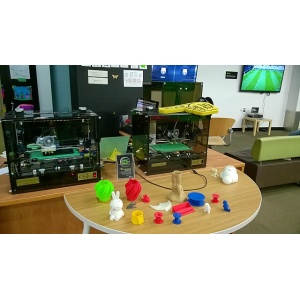
STEM Labs and STEM Lab Safety
Like science labs, STEM Labs (science, technology, engineering, and math) require STEM lab safety and security measures, with an emphasis on safety training, personal protective equipment (PPE), standard operating procedures,
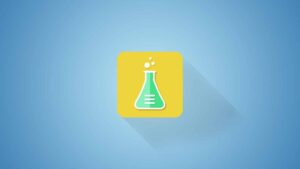
Student Safety in the Science Lab
For students going into general science courses. Covers basic procedures and policies necessary to ensure the safe operation of their science laboratories. In this course we investigate common safety protocols
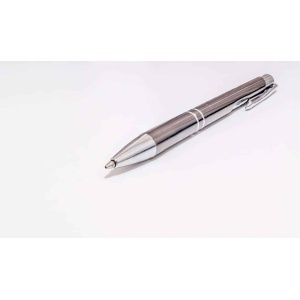
Student Safety Rules and Forms
In this module you will learn about the difference between a safety acknowledgement form and a safety contract.

Students With Autism Spectrum Disorder
Explore strategies to support students with Autism Spectrum Disorder that have been successful for other educators in science and STEM.

Teaching Science and STEM Online Safely
In this course you will explore some of the common building blocks, or frameworks that exist that can help you and your students achieve your curricular goals in a safe
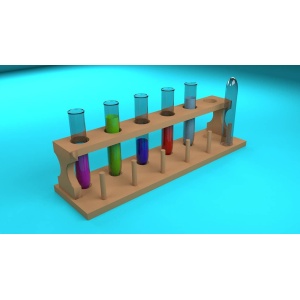
Universal Design and Lab Safety
Students with disabilities face access challenges to typical science labs in K-12 and postsecondary settings.
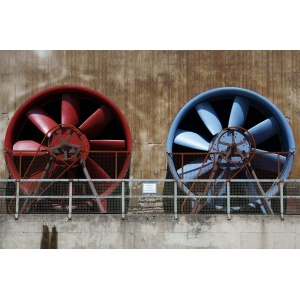
Ventilation and Chemistry Labs
Ventilation in a laboratory is critical for a safe and healthy operation. Little or no ventilation can allow the build up of harmful vapors, respiratory symptoms and more.
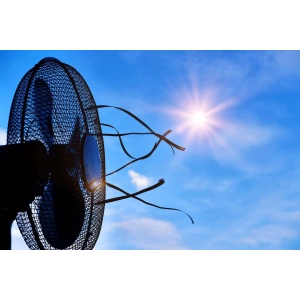
Ventilation Strategies
Proper ventilation is a key prevention strategy for maintaining healthy environments and, along with other preventive actions, can reduce the likelihood of spreading disease.
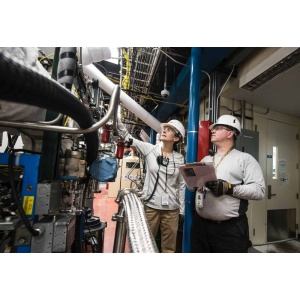
WHMIS 2015 Training For Workers
This module is designed to help you prepare to participate in a safer workforce.
